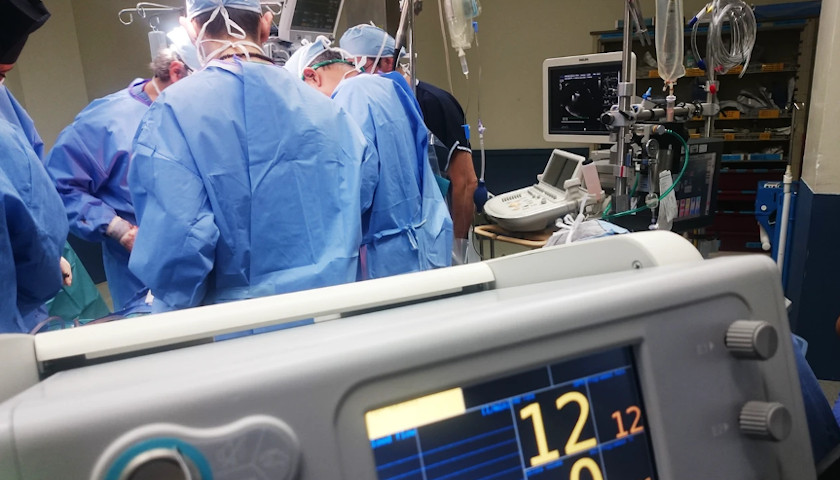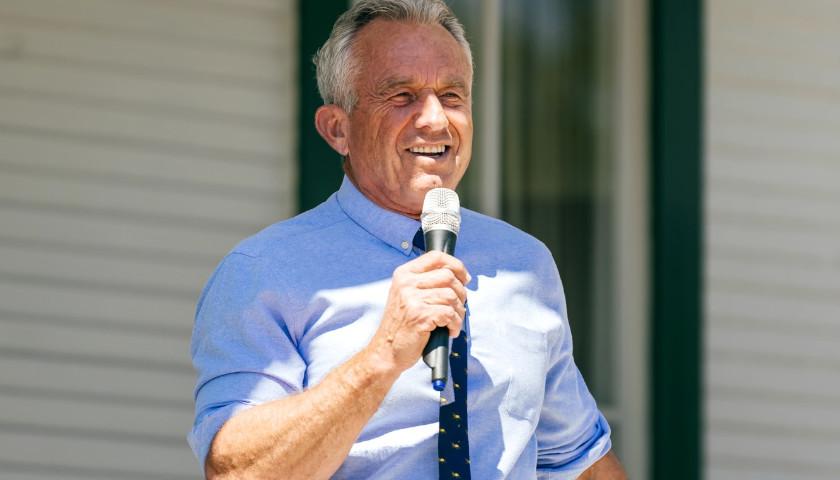by Jeff Minick
Pop. Pop. Pop.
That’s a common occurrence in households throughout America.
I’m not talking about gunfire or Orville Redenbacher’s corn. I’m talking about popping pills.
Most of us are aware of the opioid crisis. As the National Institute on Drug Abuse reported in January 2019, more than 130 Americans die every day from “the misuse of and addiction to opioids – including prescription pain relievers, heroin, and synthetic opioids such as fentanyl.”
But our pill popping goes far beyond opioids.
In “Too Many Meds? America’s Love Affair With Prescription Medicine,” Teresa Carr offers some statistics that should both astound and dismay us. From 1997 to 2016, the number of Americans on prescription drugs rose 85 percent, while the population rose only 21 percent. More than 50 percent of Americans regularly take prescription drugs, four different kinds on average. Many from this group buy over-the-counter drugs regularly.
Dilemmas of the 21st-Century American Parent.” Here Mateer focuses on attention deficit hyperactivity disorder and its treatment. She points out that America “accounts for less than 5 percent of the world’s population but 83.1 percent of the global volume of ADHD medications.”
At Kaiser Health News, Sandra G. Boodman examines the other end of the age spectrum in “An Overlooked Epidemic: Older Americans Take Too Many Unneeded Drugs.” She reminds readers that experts have long warned that older Americans are downing too many medications, some of which act against each other. Every year, 15 percent of seniors seek medical care because of health problems due to drugs. Boodman also writes:
This problem has gotten worse because the average American is on a lot more medications than 15 years ago,” said cardiologist Rita Redberg, a professor of medicine at the University of California at San Francisco.
Studies bolster Redberg’s contention: A 2015 report found that the share of Americans of all ages who regularly took at least five prescription drugs nearly doubled between 2000 and 2012, from 8 percent to 15 percent. University of Michigan researchers recently reported that the percentage of people older than 65 taking at least three psychiatric drugs more than doubled in the nine years beginning in 2004. Nearly half of those taking the potent medications, which include antipsychotic drugs used to treat schizophrenia, had no mental health diagnosis.
Carr’s article also argues, “our nation’s expensive and harmful drug habit comes in three forms” – “taking too many drugs,” “taking drugs that aren’t needed,” and “taking drugs prematurely.” By prematurely, Carr means we often resort to drugs, when we might be better off changing our diet and lifestyle.
She also writes that many Americans, including their physicians, “have come to think that every symptom, every hint of disease requires a drug.” In this same paragraph, she quotes Vinay Prasad, a professor of medicine at Oregon Health & Science University, “The question is, where did people get that idea? They didn’t invent it…they were spoon-fed the notion by the culture that we’re steeped in.”
Carr also offers her readers four tips for eliminating or cutting back on unnecessary meds:
Don’t cut back or stop taking a drug without first discussing it with your doctor…
Have a comprehensive drug review with your doctor or pharmacist at least once per year…
Give a family member and all of your healthcare providers a current list of your drugs…
Consider nondrug options first for many common health problems.
For many Americans, prescription drugs mean the difference between life and death, between comfort and pain, between a normal life and being crippled by disease.
But to take the wrong drugs or mix of drugs can be expensive and dangerous, even deadly.
At the beginning of her article on ADHD, Mateer recounts the story of a friend working in the pharmaceutical industry. The friend noticed that a nearby state was receiving a huge number of methylphenidate prescriptions, the drug used to treat ADHD. When he asked why, the head pharmacist told him that insurance covered the treatment of ADHD in that state, so “everyone there supposedly had ADHD.”
Then the pharmacist said something that sent a chill down my friend’s spine: ‘Twenty years from now, we will look back on this and ask what we have done to our kids.’
The rest of us might look in the mirror and ask a similar question about the prescriptions we take: “What are we doing to ourselves?”
– – –
Jeff Minick is a free-lance writer and teacher living in Front Royal, Virginia. He may be found online at jeffminick.com.





